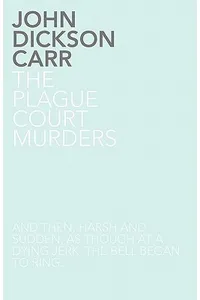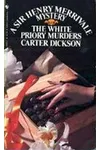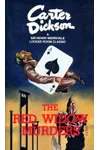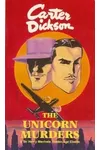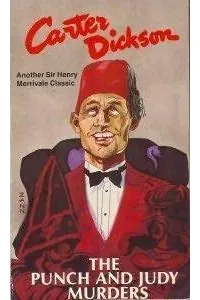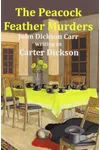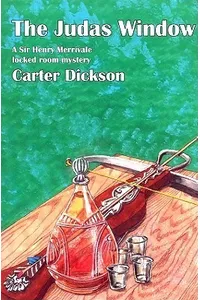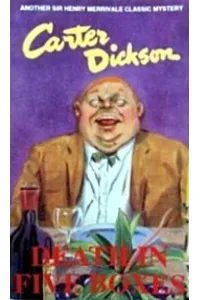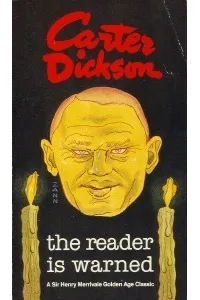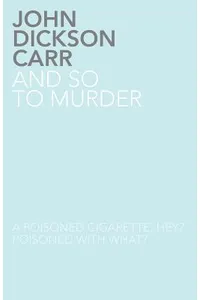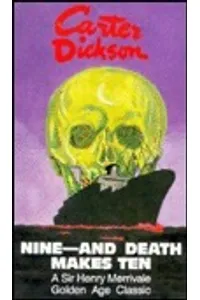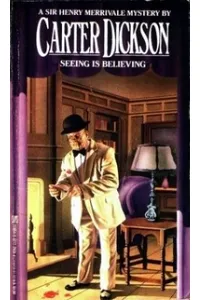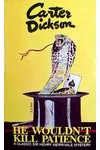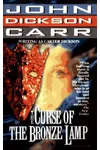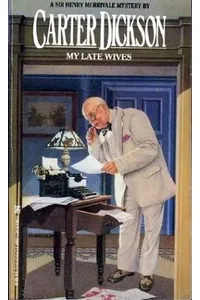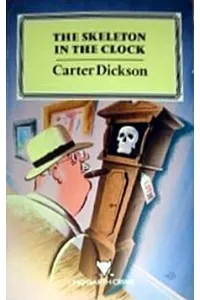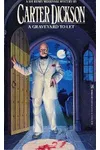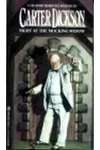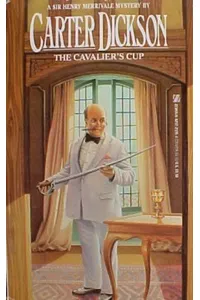Step into the fog-shrouded world of Sir Henry Merrivale, where locked rooms hide impossible crimes and a gruff detective unravels mysteries with wit and flair! The Sir Henry Merrivale series, penned by Carter Dickson (a pseudonym for John Dickson Carr), is a golden-age detective fiction gem. Known for its intricate plots, atmospheric settings, and a dash of humor, this series captivates readers with its blend of suspense and clever sleuthing.
From eerie mansions to wartime ships, Sir Henry Merrivale, or 'H.M.,' tackles cases that seem unsolvable, earning his place as a beloved figure in murder mystery lore. Whether you’re a fan of Agatha Christie or just love a good whodunit, this series promises a thrilling ride through the 1930s and 1940s detective world.
How Sir Henry Merrivale Began
John Dickson Carr, an American master of the locked-room mystery, created Sir Henry Merrivale under the Carter Dickson pseudonym to explore a lighter, more humorous take on detective fiction. Introduced in 1934 with *The Plague Court Murders*, H.M. emerged as a baronet, barrister, and former intelligence chief with a knack for solving the unsolvable. Carr, inspired by his love for British settings and P.G. Wodehouse’s comedic style, crafted H.M. as a larger-than-life figure, blending Churchillian eccentricity with sharp deductive skills. The series grew to 22 novels and a few short stories, delighting readers with its ingenious puzzles.
The Heart of Sir Henry Merrivale
The series shines through its standout books and intricate themes. *The Plague Court Murders* (1934) kicks off with a chilling tale of a medium found stabbed in a locked stone house, setting the tone for H.M.’s impossible crime expertise. *The White Priory Murders* (1934) dazzles with an actress’s murder in a snowbound pavilion, where no footprints betray the killer. *The Judas Window* (1938) sees H.M. defend a man accused of a crossbow murder in a sealed room, hailed as one of the finest locked-room mysteries ever. *Nine – and Death Makes Ten* (1940) unfolds on a wartime ship, where a bloody fingerprint baffles all.
Themes of deception, isolation, and the supernatural weave through the series, often set in quintessentially British locales like creepy estates or foggy London streets. Carr’s plots are puzzles, challenging readers to spot clues amid red herrings. H.M.’s gruff humor and colorful outbursts—like his rants about family or bureaucracy—add levity, balancing the tension. The series’ style, with its tight plotting and atmospheric prose, captures the golden-age detective fiction spirit while pushing the boundaries of the genre.
Why Sir Henry Merrivale Resonates
The Sir Henry Merrivale series left an indelible mark on detective fiction, particularly the locked-room subgenre. Carr’s ability to craft seemingly impossible crimes, paired with H.M.’s charismatic presence, earned praise from critics and fans alike. Books like *The Judas Window* are still lauded as genre benchmarks, influencing later mystery writers. The series’ blend of suspense, humor, and intellectual challenge keeps it fresh, appealing to readers who crave clever storytelling. Its niche status among golden-age classics only adds to its allure, making it a hidden treasure for mystery enthusiasts.
- Publication Span: 1934–1953
- Total Books: 22 novels, plus short stories
- Notable Trait: Masterful locked-room mysteries
- Author: John Dickson Carr, writing as Carter Dickson
Grab *The Plague Court Murders* and dive into Sir Henry Merrivale’s world of cunning killers and clever solutions. Your next favorite mystery awaits!
